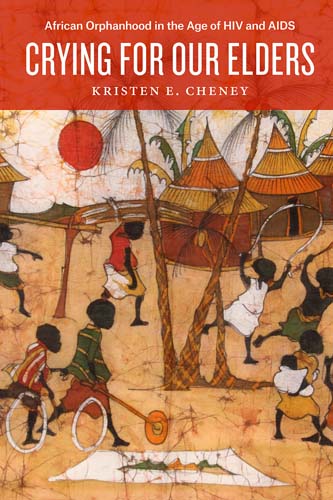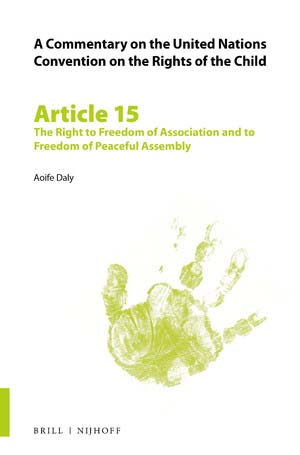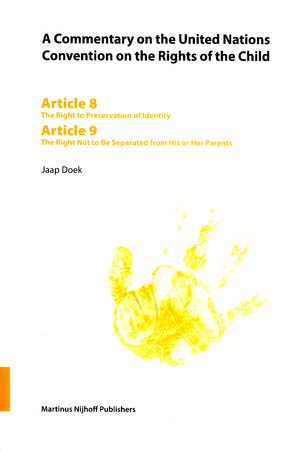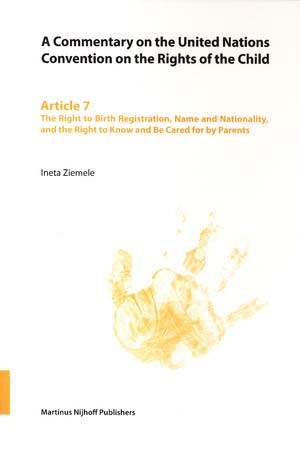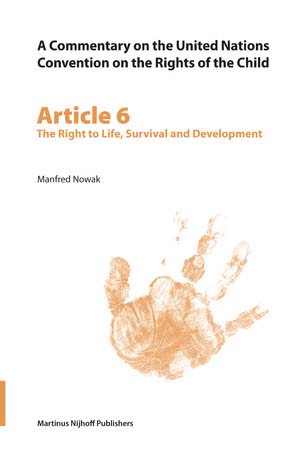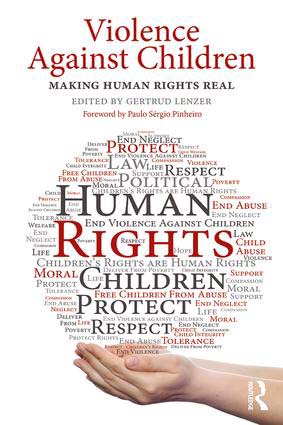
Violence Against Children
Making Human Rights Real
Violence Against Children adopts in its title the exhortation of Nobel Laureate Amartya Sen, “Making Human Rights Real,” which also represents the leitmotif of the book. It examines the prevalence of violence against children in Africa, the Asia Pacific Region, Europe, Latin America and the Caribbean, and in the United States, and explores major ways of its prevention. Making human rights real engenders the challenge of helping all children to be free from violence and to lead a life replete with genuine nurture and the elimination of all violence. Only in this manner will the goal of the United Nations 2030 Agenda for Sustainable Development —target 16.2—be achieved and the child as a rights-bearing individual realized in her/his fullness.
The specially commissioned chapters that make up the volume have been written by renowned scholars, researchers and advocates. They coalesce to provide an overview of the challenges facing children exposed to violence worldwide, and they advance discussions of the measures which are available and necessary for the prevention of violence against children. The book is intended for policy-makers, researchers and students of the social sciences and human rights who are interested in ending all the widespread maltreatment of children in our societies and our time.
© Routledge


